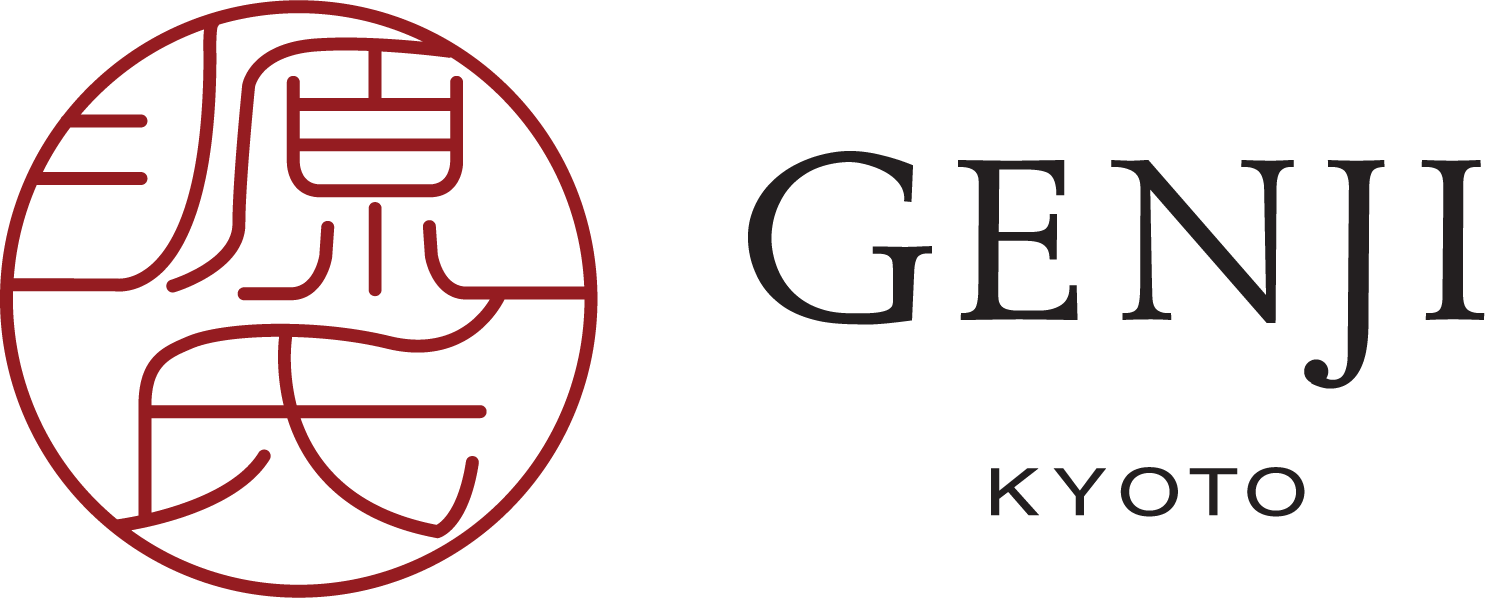Obon in the Old Days
Obon, the Japanese Buddhist custom for honoring ancestral spirits, has become spontaneous holidays where shops and restaurants choose to close, and families gather or embark on travel for a few days around mid-August. Rituals are performed in temples and many households still make offerings. It is a time when ancestral spirits are invited for a return visit, and then sent off back to the realm where they came from. There are rituals and dances that go with the ceremonies, and these vary from place to place and country to country where there are Japanese communities.
A Kyoto Obon event with prayer lanterns floating on Katsura River in Arashiyama. Coinciding every year with Gozan no Okuribi bonfire lighting on August 16.
Gozan no Okuribi (fire send-off from 5 mountains), also known as Daimonji. The mountainside fires are arranged as kanji characters or symbols.
In Kyoto, Obon begins on August 7 and ends with spectacular mountaintop bonfires called Gozan Okuribi on August 16. Also called Daimonji festival, it is the closing event that marks the climax of activities. The lighting of bonfires in specific patterns to make Kanji characters on the mountain slopes is a complex feat of logistics. It is something that residents and tourists enjoy watching, topping off rituals, dances and street foods of the preceding days that make Obon a lively annual event.
But what is the meaning behind and what was it like in the old days?
We talked to long-time resident Megumi Hata, whose family ran a medicine business in Kyoto for nearly 300 years. The house that she lives in - designated as a Kyoto Cultural Asset - was built 150 year ago as a replica of what stood in the same place 300 years ago.
Ms Hata remembers a time that was quite different.
"A series of Obon events would take place in every home. On August 12 we welcome into our house the spirits of our ancestors. We make offerings and special decorations for the home altar; we cook for our ancestors, for example Shōjin vegetarian meals for 3 days, as if they were really here. It is with them that one quietly passes the time during Obon.
"The adults get very busy taking care of them and we children are not taken out to play even though it is summer holiday. On the 16th we would hike up Daimonji mountain in the morning and from there one can enjoy great views of Kyoto.
"In my picture diary it was always 'We climbed Daimonji Mountain on August 16.' That is what I remember of our summer holiday every year," said Ms Hata with fond memories.
Before the families hiked up mountains where bonfires would be lit, rituals would already have been performed in the morning to send ancestral spirits onto the roof to await their evening send-off.
Back in the day, before tall modern buildings dominated the cityscape, many of Kyoto's old wooden houses had small towers on the roof that served as fire lookouts. It was toward these lookouts that families would ascend and wait to see the bonfires lit on the mountains.
The first character Dai starts appearing at 8pm, at first dimly but soon quite robustly. And this would be followed by other characters or symbols on 4 other mountains. Hence Gozan (5 mountains) Okuribi (fire send off), or Daimonji (large characters).
"After sunset and dinner, it is to the 'Hinomi-yagura', the fire lookout on the roof, that people would go and gather. All the families in the neighborhood would be on the roofs and we would greet one another and say things like 'the light up must be soon,' or 'we should be able to see the fire tonight'. The usual conversation every year.
"With very few tall buildings in sight, we could see all 5 mountains from our house. That was when I was a child," said Ms Hata.
